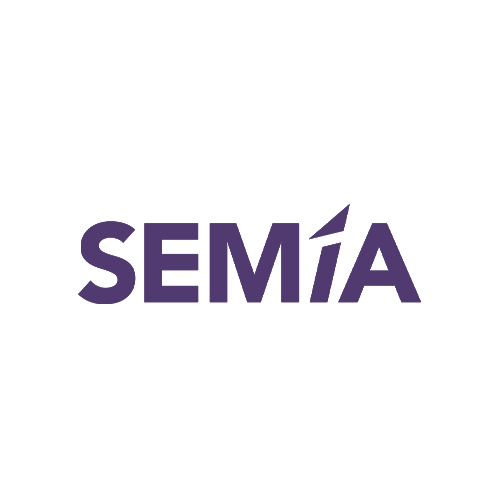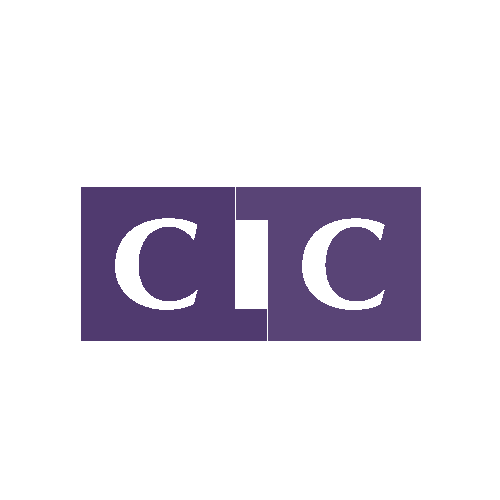Sovereign, post-quantum, passwordless authentication.
VaultysID-Q: the first post-quantum connection solution
VaultysID-Q protects your access against current and future threats with built-in post-quantum cryptography. Adopt passwordless and sovereign authentication.
The major challenges of quantum technology
Current cryptography will soon be obsolete

Quantum computers will break traditional standards (RSA, ECC, etc.), making today's connections and identities vulnerable.
Harvest now, decrypt later

Attackers are already collecting encrypted data to decrypt it tomorrow. What you protect today could be exposed in 5 to 10 years.
Protecting your identities sustainably becomes strategic

Anticipating quantum means guaranteeing resilience, GDPR/NIS2 compliance and the sovereignty of your organization in the face of future technological disruptions.
What exactly is quantum?
Quantum computing is based on different physical principles than classical computing. Instead of manipulating bits (0 or 1), a quantum computer uses qubits, which can be in multiple states at the same time thanks to superposition.
What the authorities say
NIST – United States
Read more
In 2024, the NIST (National Institute of Standards and Technology) published the first official post-quantum cryptographic standards: Kyber, Dilithium, Falcon, SPHINCS .
It calls for migrating all critical systems before 2035 and recommends the adoption of hybrid solutions today.
Objective: to ensure that data protected today will remain so in 10 or 20 years.
ANSSI – France
Read more
ANSSI encourages French companies to include the quantum threat in their risk analysis.
From 2025, it will issue the first security visas to products integrating hybrid algorithms.
It also recommends strengthening symmetric encryption parameters (AES-256, SHA-384) and prioritizing long-term use cases (IoT, archiving, identities).
European Commission
Read more
In 2024, the Commission published an official roadmap for a coordinated transition across the Union.
Each Member State will have to define a national strategy by the end of 2026, with a clear objective: to secure critical infrastructure before 2030.
The EU encourages the deployment of post-quantum solutions, the adoption of common standards, and support for sovereign technologies.
To secure data in the quantum age, new cryptographic standards have been selected.
The NIST (National Institute of Standards and Technology) has selected four algorithms that are resistant to quantum attacks, intended to gradually replace those we use today.
Fips 203
CRYSTALS-Kyber
To exchange keys securely
Fips 204
CRYSTALS-Dilithium
To digitally sign data
Fips 205
SPHINCS
For hash-based security
Fips 206
FALCON
For compact and fast signatures
White paper:
It is the first authentication solution combining decentralized identifiers (DID), post-quantum cryptography, audited peer-to-peer (P2P) protocol, and open source code.












